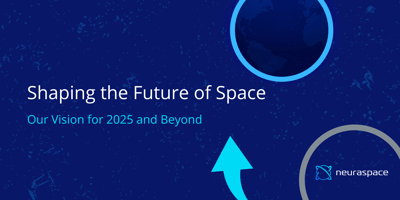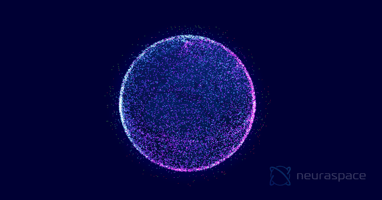Celebrating 5 Years & 500 Satellites Milestones

Last week, Neuraspace celebrated its 5th anniversary. The company looks back at a five-year journey to become a European leader for space traffic management (STM) with a global footprint in space domain awareness (SDA).
Aided by Neuraspace’s investors and guided by the PRR and its own mobilising agenda "AI Fights Space Debris" (Project code: C626449889-00463050), the company has invested heavily in R&D, developed an international sensor infrastructure, and created a space traffic management platform based on artificial intelligence and machine learning.
Today, this STM platform serves institutional and commercial clients worldwide. Among its institutional clients Neuraspace counts the European Space Agency (ESA) and the Portuguese Air Force. It also provides its services to more than 10 commercial operators (monitoring more than 500 satellites daily) including Spire (USA), Open Cosmos (UK/Portugal), Kongsberg NanoAvionics (Lithuania/Norway), and GEOSAT (Portugal).
In addition to its external data sources to analyse space objects, Neuraspace’s own optical sensor infrastructure consists of two radar installations: “NOWL” in Beja (Portugal) and “SOWL” in Chile, the latter being remotely operated from Portugal, with campaigns in SSO orbits. Due to their unique technical capabilities, Neuraspace’s customers can benefit from the detection of 10cm objects in LEO and 2m in GEO, a proprietary AI-powered catalogue, and automated real-time CDM issuance.
The company’s efforts also led to its participation in EMISSARY, the European Union’s (EU) largest investment (an estimated €160 million) in space situational awareness. As part of EMISSARY, Neuraspace provides its core competency in space domain awareness and acts as the national coordinator for Portugal.
Together these results strengthen the company’s global standing in the space industry and position Portugal at the forefront of global space situational awareness and space traffic management. They also create technological sovereignty and strategic value for Europe with a clear overall mission to make space safer, more resilient, and sustainable.



